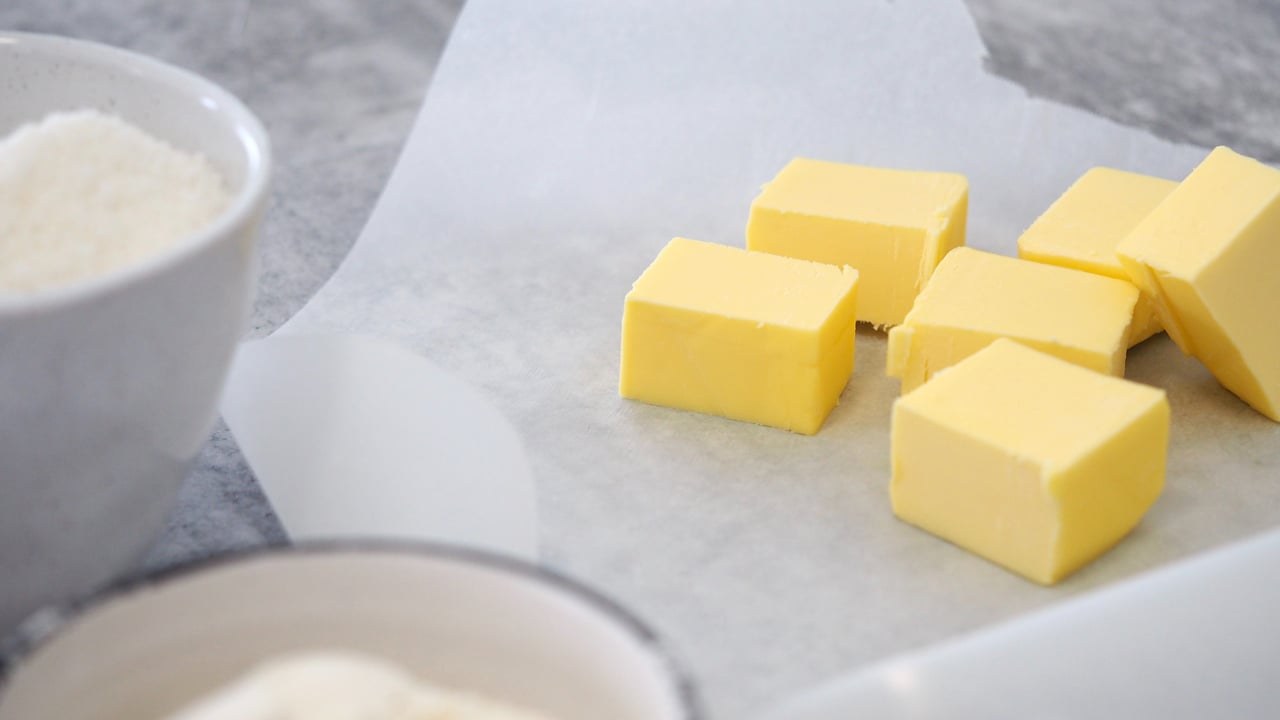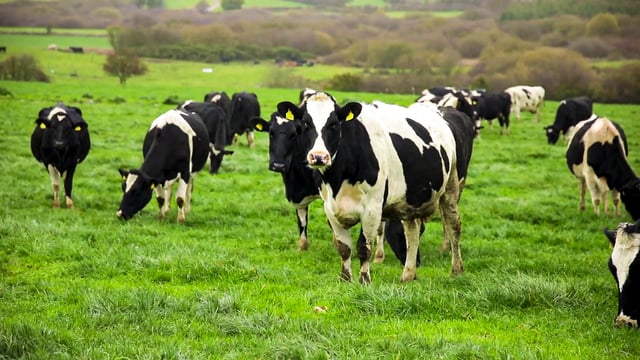Dairy analysis: Butter and SMP trend continues in Europe
The recent trend of slightly weaker butter and firmer skim milk powder (SMP) continued in Europe over the last couple of weeks, according to multi-national financial services firm StoneX.
Outlining the latest market movements to Agriland, Dr. Peter Meehan, senior commodity analyst at StoneX, said:
"The European butter index posted its fourth decline in five weeks this week and is now down 2.5% from the most recent highs hit towards the end of March.
Turning to SMP, the analyst noted that such prices have continued to grind higher for the most part, with three weeks of gains in the last four, putting spot SMP up 0.8% since the end of March.
"As is the case with butter, spot SMP is also well ahead of where it was this time last year, sitting 31.8% above [one] year-ago levels," he said.
"EEX butter and SMP futures have also seen contrasting fortunes over the last few weeks, with EEX butter’s May-21 to Oct-21 strip down 2.2% since the start of April, while SMP futures’ front six months are up 3.1% over the same period."
After a relatively flat start to April, most of EEX butter’s weakness has come about in the last two weeks, while the majority of EEX SMP’s gains were seen over the first half of April, Dr. Meehan said.
Looking at the supply and demand situation, the StoneX analyst said:
He noted that strong dairy exports out of New Zealand in March - most of which is destined for China - suggest Chinese imports will remain strong into April as well, adding:
"From a milk supply perspective, European milk production has been a bit subdued since the start of the year, with most of Europe’s main milk producers seeing negative numbers in February, and this trend looks set to continue for March as well.
"The slight weakness in European milk supplies however has been more than offset by record milk production in the US and very strong output from New Zealand and Argentina, which has helped meet the big Chinese demand and keep global dairy prices on a reasonably even keel," Dr. Meehan added.
"Lower than average temperatures throughout late March and much April look to have slowed pasture growth across most of Europe’s main milk producing regions, although improved condition in recent weeks have seen milk supplies from Germany and France, Europe’s two biggest producers, close the gap on last year," Dr. Meehan concluded.





